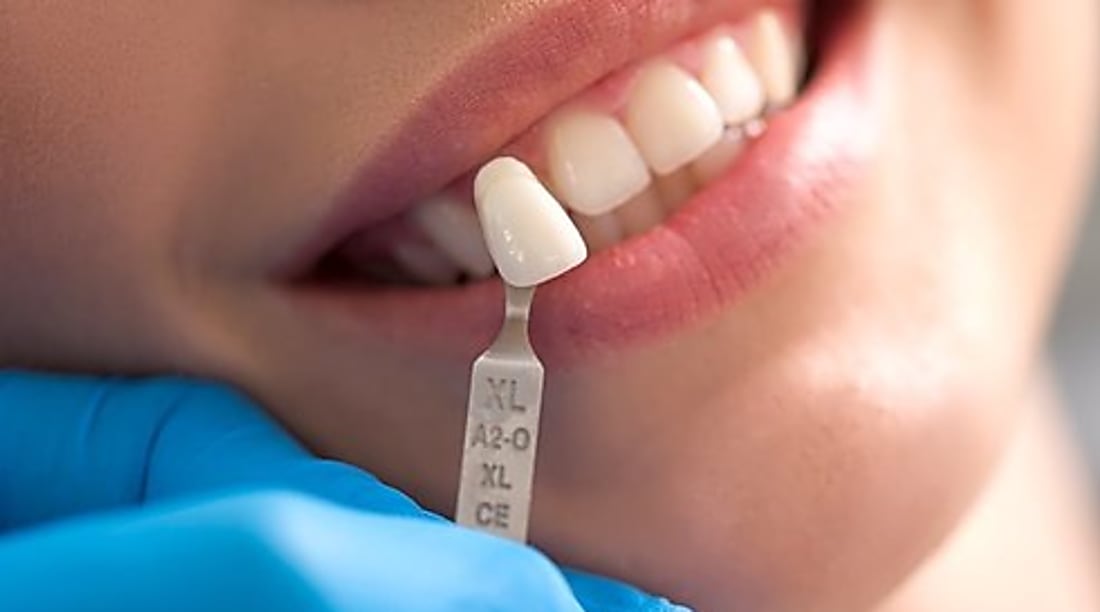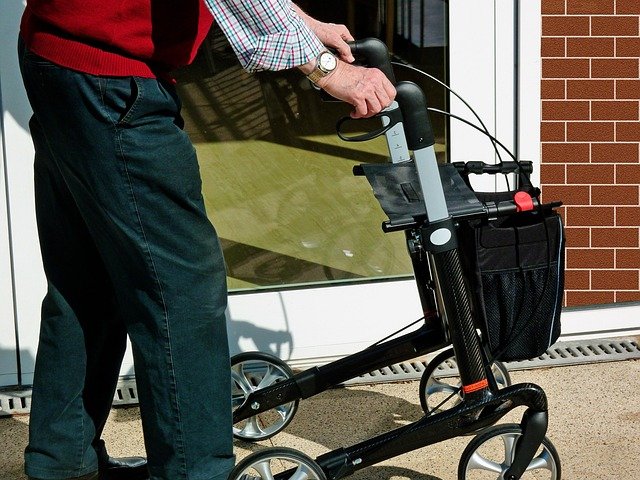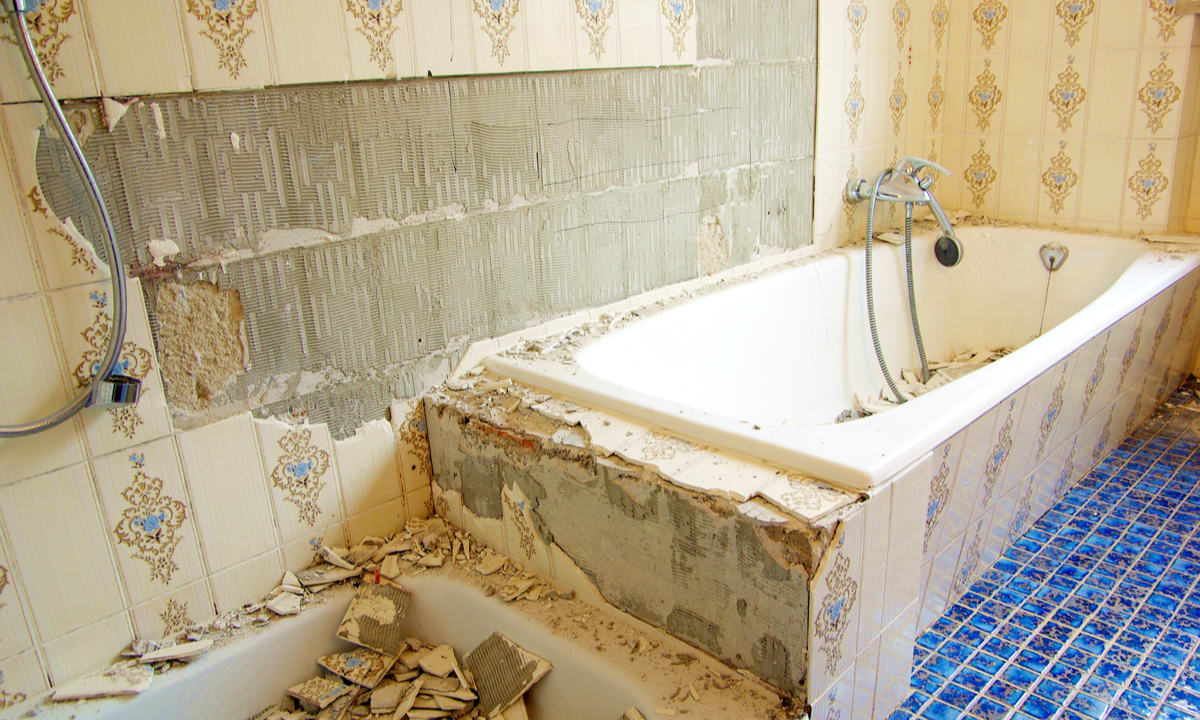Screwless Dental Implants: What They Are and How Much They Cost
Screwless dental implants are a modern alternative to traditional methods, designed to improve comfort and reduce healing time. Learn what makes them different, what factors influence costs, and whether they are the right choice for you. Unlike conventional screw-based systems, screwless implants use advanced connection technology that allows for easier placement and fewer complications, which can also affect overall treatment pricing.

When considering tooth replacement options, many people encounter various dental implant types during their research. Screwless dental implants have emerged as an alternative to traditional screw-retained systems, offering a different method of attaching the artificial tooth to the implant fixture. This approach uses dental cement to secure the crown rather than relying on screws, which can affect both the appearance and functionality of the restoration.
The choice between screwless and screw-retained implants depends on multiple factors, including the position of the missing tooth, bone quality, aesthetic requirements, and individual dental circumstances. Both systems have proven track records, but understanding their distinct characteristics helps patients and dentists determine the most suitable option for each situation.
What Are Screwless Dental Implants?
Screwless dental implants, also known as cement-retained implants, consist of a titanium post surgically placed into the jawbone, an abutment that connects to this post, and a crown cemented onto the abutment. Unlike screw-retained implants where the crown attaches directly to the implant via a screw through the top of the tooth, cement-retained systems use dental adhesive to bond the crown to the abutment.
This design eliminates the need for a screw access hole on the biting surface or visible side of the tooth, which can enhance aesthetics, particularly for front teeth. The absence of this hole means the crown’s shape and colour remain uninterrupted, creating a more natural appearance. Additionally, the cemented connection can provide better distribution of chewing forces in certain cases.
However, this method also means that if adjustments or repairs become necessary, the cemented crown may need to be cut off and replaced rather than simply unscrewed. Dental professionals consider factors such as implant angulation, occlusion patterns, and long-term maintenance requirements when recommending this approach.
Different Dental Implant Types and Their Features
Beyond the distinction between screwless and screw-retained systems, dental implant types vary based on design, material, and placement technique. Endosteal implants are the most common, placed directly into the jawbone and suitable for most patients with adequate bone density. Subperiosteal implants sit on top of the bone beneath the gum tissue and may be used when insufficient bone height exists.
Single-stage implants protrude through the gum tissue immediately after placement, while two-stage implants remain covered by gum tissue during initial healing before a second procedure exposes them. Immediate load implants allow temporary crown placement on the same day as implant surgery, though not all patients qualify for this approach.
Material choices primarily include titanium and zirconia, with titanium offering proven biocompatibility and osseointegration rates. Zirconia implants provide a metal-free alternative that some patients prefer for aesthetic or sensitivity reasons. Each dental implant type serves specific clinical situations, and dentists evaluate individual circumstances to recommend the most appropriate option.
The Screwless Implant Procedure Explained
The screwless implant procedure follows similar initial steps to traditional implant placement. After comprehensive examination including radiographs or CT scans, the dentist creates a treatment plan addressing bone quality, implant positioning, and restoration design. Local anaesthesia numbs the treatment area, and sedation options may be available for anxious patients.
During surgery, the dentist creates a precise opening in the jawbone and places the titanium implant fixture. For screwless systems, careful attention to implant angulation ensures the abutment will support proper crown positioning without requiring excessive cement or compromising aesthetics. The gum tissue is sutured, and a healing period of several months allows osseointegration, where bone cells grow around and bond with the implant surface.
Once integration completes, the dentist attaches the abutment to the implant fixture. After taking impressions, a dental laboratory fabricates the custom crown. At the final appointment, the dentist cements the crown onto the abutment using dental adhesive. The cement fills the small gap between crown and abutment, creating a secure bond. Excess cement must be carefully removed to prevent gum inflammation.
Follow-up appointments monitor healing and ensure proper function. Patients receive instructions on cleaning around the implant and maintaining oral hygiene to support long-term success.
Cost Considerations for Screwless Dental Implants
The cost of screwless dental implants in the United Kingdom varies based on location, dental practice, materials used, and case complexity. Generally, a single cement-retained implant including the fixture, abutment, and crown ranges from £2,000 to £3,500. This estimate encompasses surgical placement, healing components, and final restoration but may not include preliminary procedures such as bone grafting or tooth extraction.
Geographic location significantly influences pricing, with practices in London and major cities typically charging higher fees than those in smaller towns. The dentist’s experience and qualifications, laboratory fees for crown fabrication, and the specific implant system selected also affect total costs. Some practices offer payment plans to help manage expenses over time.
Additional costs may arise if bone augmentation becomes necessary to provide adequate implant support, potentially adding £500 to £2,000 depending on the extent of grafting required. Consultation fees, diagnostic imaging, and follow-up appointments may be included in the quoted price or billed separately, so patients should request detailed cost breakdowns.
| Implant Component | Provider Example | Estimated Cost Range |
|---|---|---|
| Initial Consultation & Imaging | General Dental Practices | £50 - £200 |
| Implant Fixture Placement | Specialist Dental Clinics | £1,200 - £2,000 |
| Abutment & Crown (Cement-Retained) | Dental Laboratories & Clinics | £800 - £1,500 |
| Bone Grafting (if needed) | Oral Surgery Practices | £500 - £2,000 |
| Complete Single Implant Treatment | Various UK Dental Providers | £2,000 - £3,500 |
Prices, rates, or cost estimates mentioned in this article are based on the latest available information but may change over time. Independent research is advised before making financial decisions.
Comparing Screwless and Screw-Retained Systems
When evaluating screwless versus screw-retained implants, several factors merit consideration. Aesthetics often favour cement-retained designs since no screw access hole interrupts the crown surface, making them particularly suitable for front teeth where appearance matters most. The seamless crown surface can better replicate natural tooth contours.
Maintainability presents a contrasting consideration. Screw-retained crowns can be removed and reattached if complications arise, facilitating repairs or adjustments. Cement-retained crowns require destruction for removal, necessitating crown replacement if issues develop. This difference affects long-term maintenance costs and convenience.
Biological considerations include cement removal challenges. Excess cement trapped beneath gum tissue can cause inflammation and bone loss if not thoroughly eliminated during placement. Screw-retained systems avoid this risk but require precise implant positioning to place the screw access hole in an acceptable location.
Your dentist evaluates implant position, bone quality, aesthetic requirements, and your specific circumstances to recommend the most appropriate system. Both approaches demonstrate high success rates when properly executed, and the choice often depends on individual clinical factors rather than one system being universally superior.
Screwless dental implants offer a viable tooth replacement option with distinct advantages in certain situations. Understanding the procedure, costs, and differences from alternative systems empowers you to engage in informed discussions with your dental professional. Thorough evaluation of your specific needs ensures selection of the most suitable implant approach for your circumstances.
This article is for informational purposes only and should not be considered medical advice. Please consult a qualified healthcare professional for personalized guidance and treatment.



